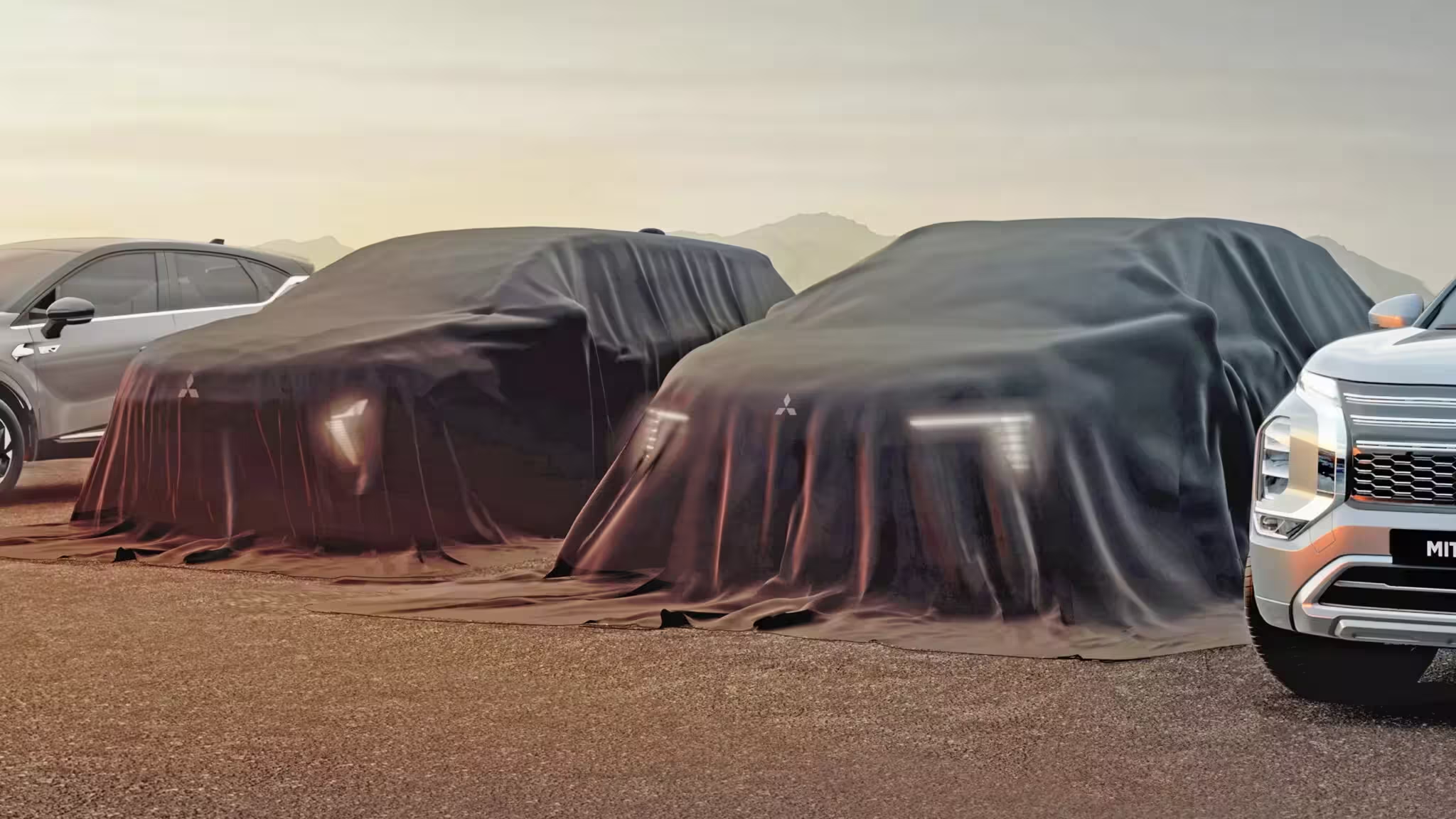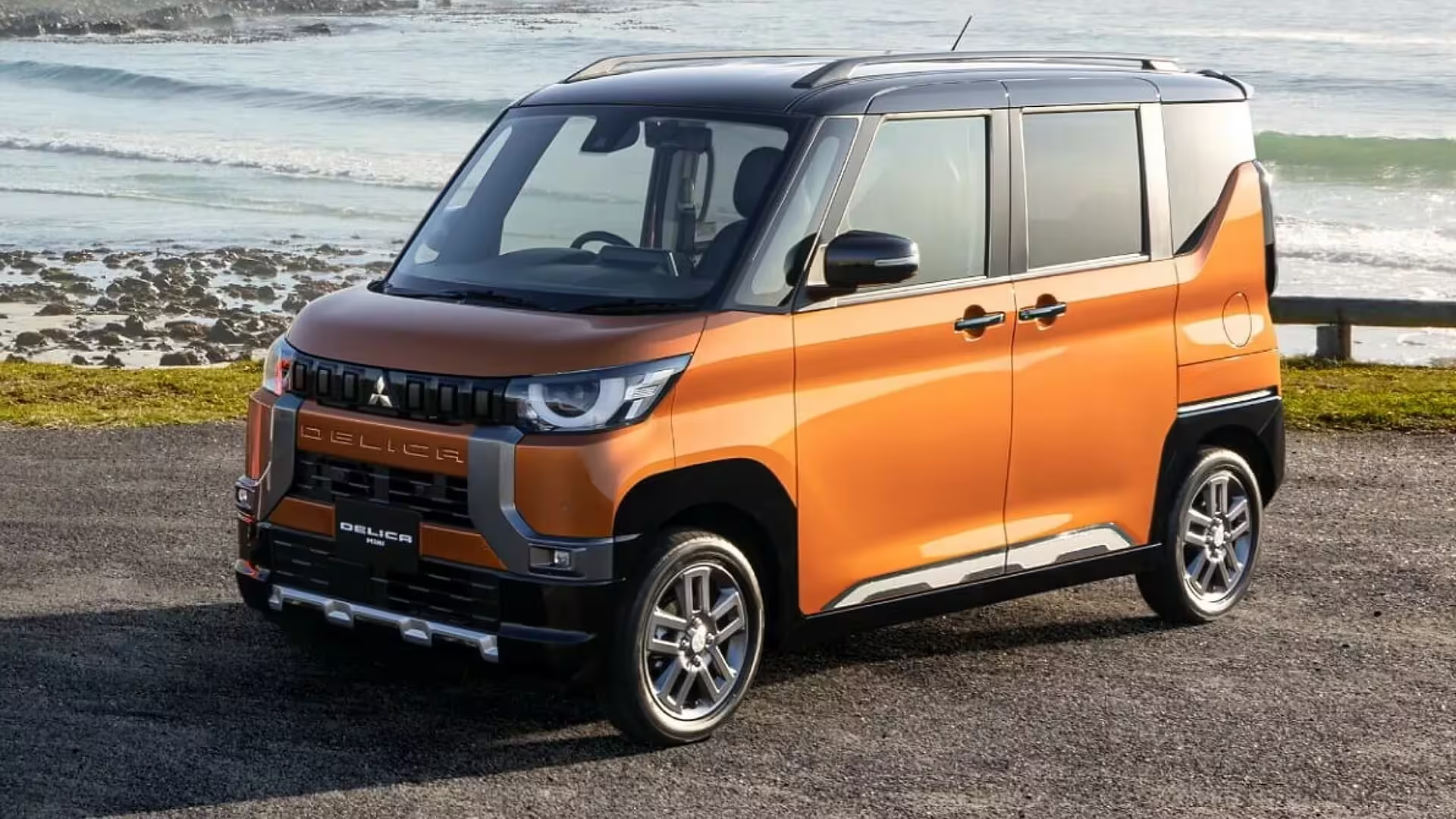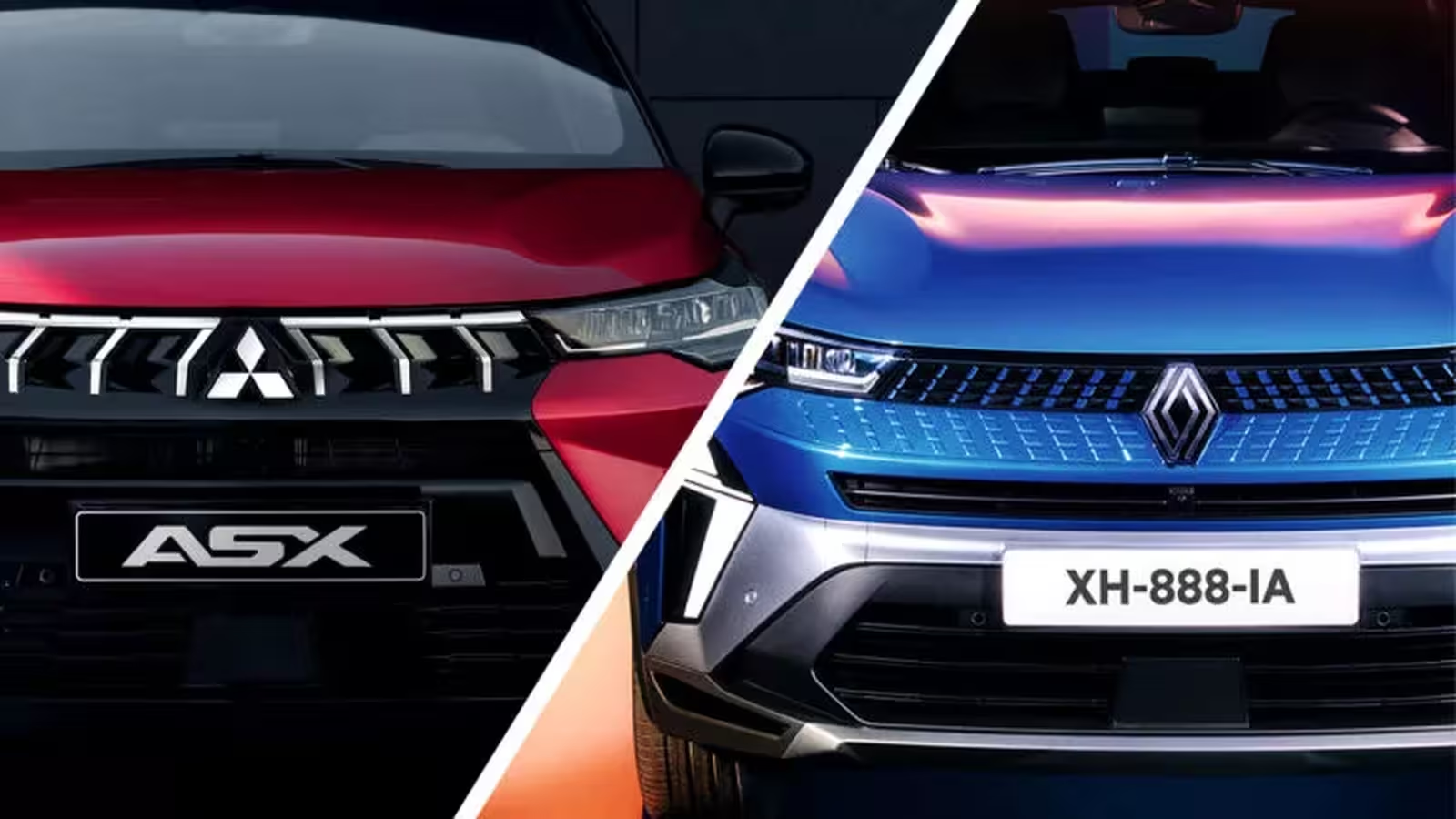5 Minutes
Mitsubishi's European Comeback: A Strategic Shift with Renault
Mitsubishi Motors is redefining its European strategy, marking a significant return after stepping back from the region in 2020 due to ongoing financial losses. Instead of going it alone, Mitsubishi is leveraging its partnership with Renault, focusing on efficiency, shared platforms, and rapid market re-entry. This alliance is reshaping Mitsubishi’s portfolio with a mix of familiar names and fresh electrified options tailored for today's car market.
Badge Engineering: From Colt and ASX to the New Mitsubishi Lineup
The first signs of Mitsubishi's renewed approach appeared with the introduction of the Mitsubishi Colt and ASX—models that are, in essence, rebadged versions of the Renault Clio and Captur. These vehicles have helped Mitsubishi quickly reestablish its presence in the highly competitive European automotive market, offering tried-and-true Renault engineering adorned with Mitsubishi badges and subtle design adjustments.
Looking ahead, September will see the launch of a fully electric SUV, positioned as the successor to the Eclipse Cross. Built on the advanced CMF-EV platform shared with the Renault Megane E-Tech Electric, this new model promises to blend Mitsubishi’s identity with cutting-edge European electric vehicle (EV) technology. Later this year, Mitsubishi will also introduce the Grandis—a spacious, family-oriented crossover based on the Renault Symbioz, aiming to appeal to families seeking practicality and efficiency.

Design, Performance, and Specifications: Standing Out in a Crowd
While much of the current lineup shares its DNA with Renault, Mitsubishi is working to brighten its unique identity through updated exterior styling and brand-specific interiors. The upcoming Eclipse Cross EV, for example, is touted to be more authentically “Mitsubishi” than previous rebadged offerings, promising improved dynamics and features tailored to Mitsubishi fans. Key features are expected to include advanced safety technology, robust electric drivetrains, and the brand’s trademark focus on reliability.
Spec-wise, drivers can expect battery packs and electric motors borrowed from Renault’s latest EV platforms, enabling competitive driving range, fast charging capabilities, and an engaging urban driving experience. Combined with Mitsubishi’s expertise in plug-in hybrid vehicles, future models are poised to support Europe’s transition to electrified mobility.
Market Positioning and Sales Targets
Mitsubishi has set ambitious goals, aiming to grow annual sales in Europe to between 75,000 and 80,000 units—up significantly from the 60,879 sold in 2024, itself a robust 44% increase over 2023. The renewed Colt and ASX, with their accessible pricing and proven platforms, are key drivers behind this growth. However, challenges remain, especially as the brand pivots away from traditional in-house models.
CEO Frank Krol has underlined Mitsubishi’s commitment to developing more proprietary cars for Europe, but for now, the Outlander PHEV stands as the only wholly Mitsubishi-developed model in the region. Looking to the future, Mitsubishi is expected to capitalize on the next-generation Renault Clio, set for debut by 2025, as a basis for further expanding its shared-platform lineup.
Filling the Gaps: The City Car Conundrum
Despite successful sales of its rebadged models, Mitsubishi faces a critical gap following the discontinuation of the Space Star (Mirage) and the Eclipse Cross—both victims of updated safety regulations. The Space Star alone accounted for 39% of Mitsubishi’s European sales in 2024, underscoring the importance of an entry-level city car in the lineup. Without a replacement in this segment, the brand risks losing ground to rivals offering compact, urban-focused vehicles.
Could Kei Cars Pave the Way Forward?
Industry leaders, including Stellantis’s John Elkann and former Renault CEO Luca de Meo, have floated the idea of adapting Japan’s iconic kei cars for European streets. For Mitsubishi, known for its deep kei car expertise, this could provide a solution to the entry-level gap without massive investments in Europe-exclusive platforms. However, CEO Krol warns that regulatory hurdles and differing consumer expectations make this path far from simple.

Strategic Choices: Prioritizing Hybrids and Plug-In Hybrids
With presence now in 20 European markets—down from 32 in 2019—Mitsubishi is focusing where it can compete most effectively. The brand has shelved plans for two homegrown electric vehicles, instead doubling down on hybrids and plug-in hybrid electric vehicles (PHEVs). According to global CEO Takao Kato, Mitsubishi will address Europe’s growing EV demand by utilizing partner models from Renault and other OEMs, optimizing resources without sacrificing relevance in the evolving automotive landscape.
Comparisons and Market Outlook
As competitors like Toyota, Nissan, and Hyundai accelerate their electric and hybrid introductions, Mitsubishi’s pragmatic strategy of badge engineering—supported by strong alliances—offers a fast track to growth, but not without trade-offs. Maintaining brand identity amidst shared platforms and ensuring compliance with strict European safety standards are ongoing challenges. However, the brand’s focus on electrified SUVs, practical hybrids, and the potential for innovative city cars shows a determined effort to keep Mitsubishi relevant and competitive on European roads.
In summary, Mitsubishi’s current European resurgence is a calculated blend of proven partnerships, electrification, and strategic market positioning, all while the brand seeks new opportunities to develop its own distinctive identity in the age of shared automotive technology.
Source: carscoops



Comments